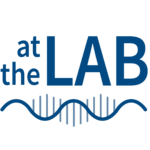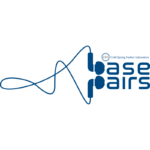Cold Spring Harbor Laboratory (CSHL) stands at the forefront of breakthrough bioscience in cancer, neuroscience, plant biology, and genomics.
We produce two podcasts, At the Lab, which dives into CSHLs breakthrough bioscience research in cancer, neuroscience, plant biology, and genomics, and our award winning Base Pairs (currently on hiatus), which tells stories that convey the power of genetic information—past and present.
Latest podcast episode
At the Lab: An evening out with the brain and body
Ever go to a neuroscience talk and wish it had more sound effects? Then this is the episode for you.
Subscribe to listen
Tune in to hear our latest bioscience breakthrough broken down in 3 minutes or less.

